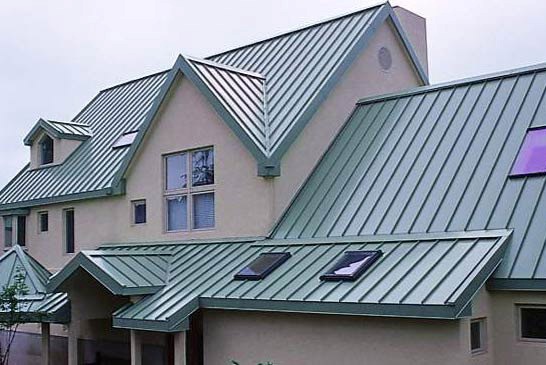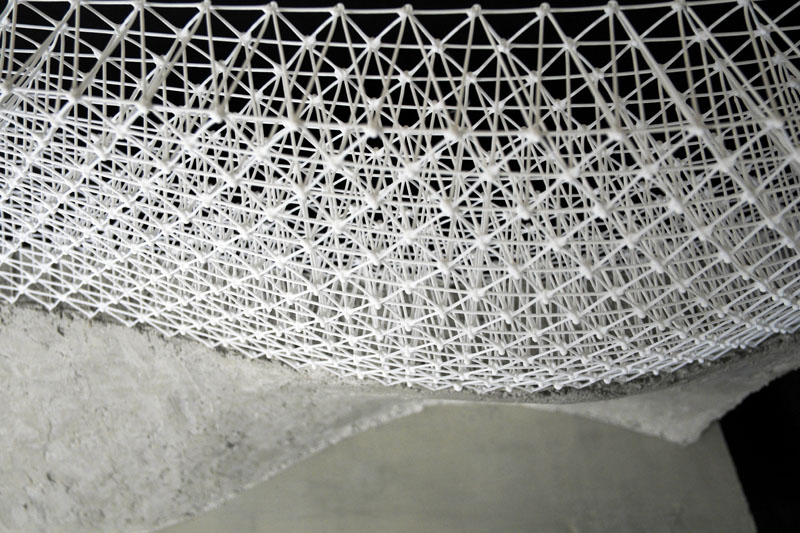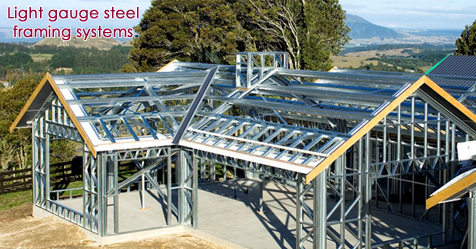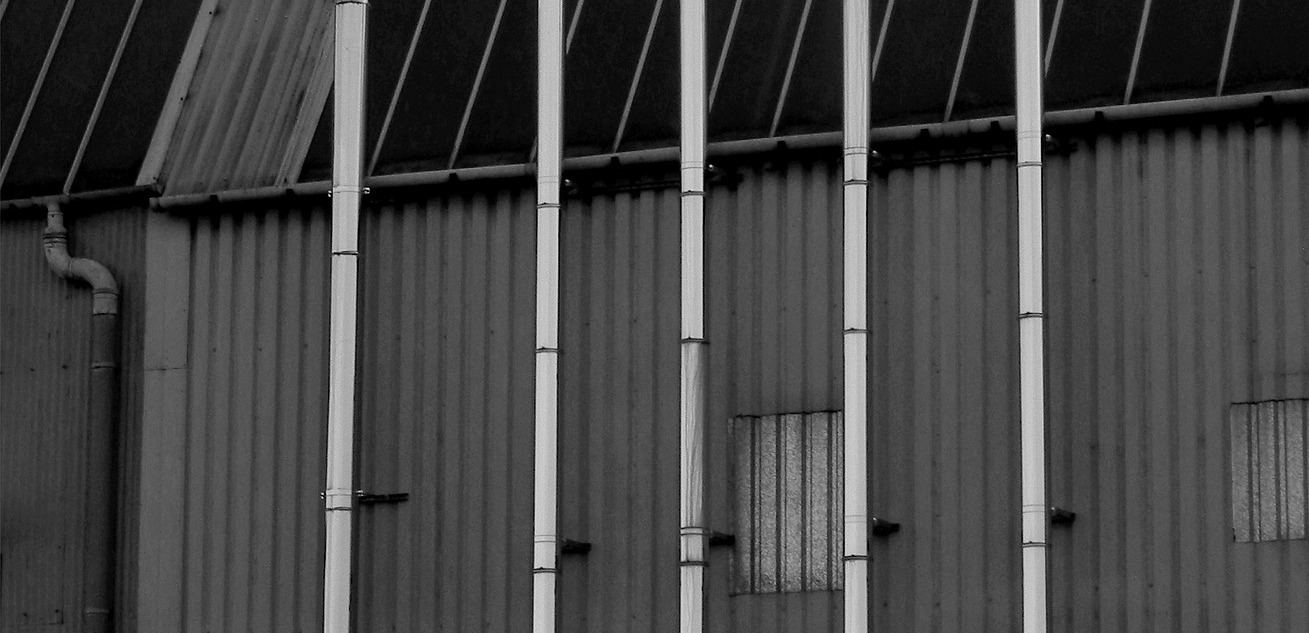Metal in construction

|

|

|

|
Contents |
[edit] Introduction
Metals are solid material that are generally hard, shiny, malleable, fusible, ductile, and have good electrical and thermal conductivity. Metals are commonly used in the construction industry due to their durability and strength to form structural components, pipework, cladding materials and other components.
[edit] Steel.
Steel is an alloy of iron and a number of other elements, mainly carbon, that has a high tensile strength and relatively low cost and is used for structural and other applications in the construction industry.
Types of steel include:
- Stainless steel: Steel combined with chromium (and sometimes nickel). Stainless steels generally do not form rust on their surfaces and do not discolour.
- Galvanised steel: A zinc coated steel that is resistant to corrosion.
- Weathering steel: Has a rust-like appearance that can resist corrosion and abrasion, by forming a protective surface layer, or patina.
- Other alloys.
For more information see: Steel.
[edit] Aluminium
Because of its ductility, aluminium can be formed into many shapes and profiles. Aluminium wall cladding systems are commonly used for building exteriors, with large wall panels requiring fewer joints, resulting in time-efficient installation. Today, aluminium is the second most used metal in buildings after steel, used for roofing, flashing, wall panels, windows and doors, spandrels, and so on.
For more information see: Aluminium.
[edit] Iron
Iron is the chemical element most commonly found on Earth by mass. As iron-bearing rock is plentiful, iron alloys are popular industrial and construction materials.
Types of iron include:
- Cast iron.
- Pig iron.
- Wrought iron.
For more information see: Iron.
[edit] Copper
Copper is a soft, malleable, and ductile metal with high thermal and electrical conductivity. It is a pinkish-orange colour. Copper is commonly used in the construction industry to form pipes and tubing, as it is malleable and joints can be easily formed by soldering. It is also used as a cladding material, sometimes allowed to oxidise to a blue green colour.
For more information see: Copper.
[edit] Lead
Lead is a heavy metal that can be toxic when absorbed into the body.
In construction, lead is used due to its ductility to form roofs and other cladding panels as well as windows, linings for cornices, tanks, copings, gutters and downpipes, flashing, and so on. It is also a component of soft solder.
Historically it was used in paints and pipework. Most lead-based paint was banned from sale to the general public in the UK in 1992. It has not been used for water pipes since 1970, however, it may still be present in older properties. It is recommended that lead pipes should be replaced.
[edit] Others
Other metals that might be used in construction include:
[edit] Alternative meanings
The term 'metal' can also be used to refer to:
- Molten glass.
- Constructing or repairing a highway with road metal (a metalled road). For more information see: Metalled.
[edit] Related articles on Designing Buildings
- Aluminium.
- Bronze.
- Cast iron.
- Copper.
- Corrosion resistant alloy CRA.
- Difference between cast iron and wrought iron.
- Failure of cast iron beams.
- Ferrous.
- Gold.
- Iron.
- Ironwork.
- Lead.
- Mesh mould metal.
- Metal composite panels.
- Metal fabrication.
- Metal profile cladding
- Metal roofing.
- Non-ferrous metals.
- Silver.
- Steel.
- Structural metal.
- The Iron Bridge.
- Tin.
- Types of metal.
- Types of materials.
- Types of steel.
- Vickers hardness rating scale.
- Wrought iron.
Featured articles and news
Amendment to the GB Energy Bill welcomed by ECA
Move prevents nationally-owned energy company from investing in solar panels produced by modern slavery.
Gregor Harvie argues that AI is state-sanctioned theft of IP.
Heat pumps, vehicle chargers and heating appliances must be sold with smart functionality.
Experimental AI housing target help for councils
Experimental AI could help councils meet housing targets by digitising records.
New-style degrees set for reformed ARB accreditation
Following the ARB Tomorrow's Architects competency outcomes for Architects.
BSRIA Occupant Wellbeing survey BOW
Occupant satisfaction and wellbeing tool inc. physical environment, indoor facilities, functionality and accessibility.
Preserving, waterproofing and decorating buildings.
Many resources for visitors aswell as new features for members.
Using technology to empower communities
The Community data platform; capturing the DNA of a place and fostering participation, for better design.
Heat pump and wind turbine sound calculations for PDRs
MCS publish updated sound calculation standards for permitted development installations.
Homes England creates largest housing-led site in the North
Successful, 34 hectare land acquisition with the residential allocation now completed.
Scottish apprenticeship training proposals
General support although better accountability and transparency is sought.
The history of building regulations
A story of belated action in response to crisis.
Moisture, fire safety and emerging trends in living walls
How wet is your wall?
Current policy explained and newly published consultation by the UK and Welsh Governments.
British architecture 1919–39. Book review.
Conservation of listed prefabs in Moseley.
Energy industry calls for urgent reform.

























Comments
[edit] To make a comment about this article, or to suggest changes, click 'Add a comment' above. Separate your comments from any existing comments by inserting a horizontal line.